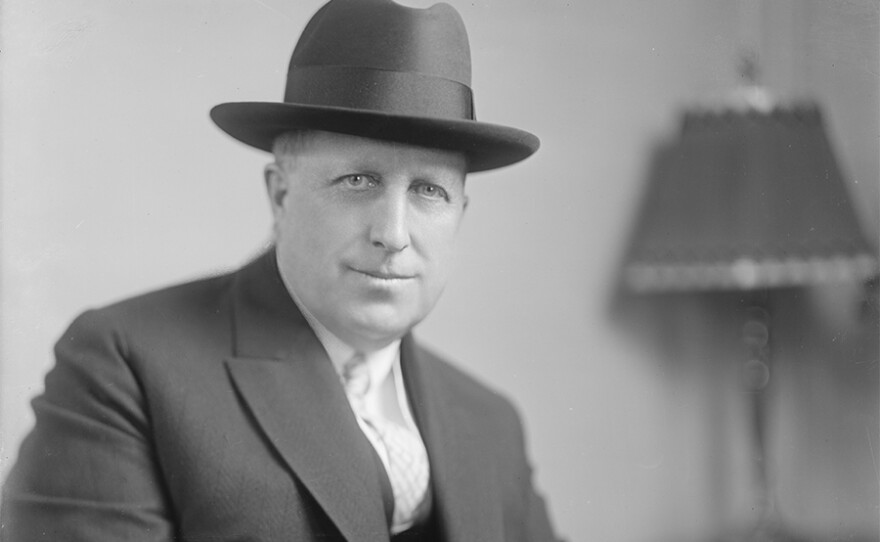The father of yellow journalism: Who is William Randolph Hearst?
American publisher Hearst is considered the father of tabloid journalism. Hearst was born in San Francisco, the son of George Hears, who managed to rise from gold prospector to mine owner, senator, and publisher.

After graduating from high school, he studied at Harvard University for three years, and during the semester breaks, he interned at different newspapers.
In 1885, he left his university education to start working at his father's newspaper, the "Daily Examiner" (he took over the newspaper in 1887). The young publisher Hearst managed to double circulation in its first year. Like its great example, Joseph Pulitzer's "The World" newspaper published in New York, also included sensations such as citizen campaigns and scandalous stories in its newspaper.
William Randolph Hearst Sr. (April 29, 1863 – August 14, 1951) was an American businessman, newspaper publisher, and politician known for developing the nation's largest newspaper chain and media company, Hearst Communications. His flamboyant methods of yellow journalism influenced the nation's popular media by emphasizing sensationalism and human interest stories. Hearst entered the publishing business in 1887 with Mitchell Trubitt after being given control of The San Francisco Examiner by his wealthy father, Senator George Hearst.
In 1895, he sold the mines he inherited from his father and bought the New York newspaper "Morning Journal". The circulation fight between them and "The World" newspaper started a new era in the history of American journalism.
When Hearst purchased the "Evening Journal" newspaper in 1896, he took the lead in marketing violence and crime. He also had an excellent editorial position, paying unusual salaries and recruiting staff from rival companies to his company.
Their newspapers used abundant and colorful photographs, highlighted news of atrocities and crimes, and published unscientific and sensational articles on scientific subjects. Of course, all of this was reflected with striking headlines and a combative attitude.
It was widely believed at that time that he caused the war between Spain and the USA with his publications and that he did this just to increase newspaper sales. Five months before President McKinley's murder, he wrote an article stating that political assassinations may be permissible when there is no other choice. For this reason, Theodore Roosevelt, who replaced McKinley, accused Hearst without naming him in his first official message.
He opposed the USA's entry into the First World War. Britain and France tried to prevent the communication of Hearst correspondents during the war due to publications that were pro-Germany and advocated the isolation of the United States.
In 1925, there were around 40 newspapers and magazines founded or taken over by William Randolph Hearst in every corner of the USA, with a circulation of 2 million.
He was also successful in novel publishing and film production.
Hearst's purchase of many antiques and art items to furnish his magnificent castle in San Simeon and the economic crisis of the 1930s caused Hearst to experience difficult times. He sold out some newspapers but recovered again after the Second World War.
Various biographies of Hearst, who is truly considered the first media mogul, have been published. Charles Foster Kane, the hero of Orson Welles's film Citizen Kane, largely reflects Hearst.
-------------------------------
The First Media Mogul: The Widespread Influence of William Randolph Hearst | Citizen Hearst
https://www.pbslearningmedia.org/resource/amex33ch-soc-mediamogul-media-gallery/the-first-media-mogul-the-widespread-influence-of-william-randolph-hearst/
